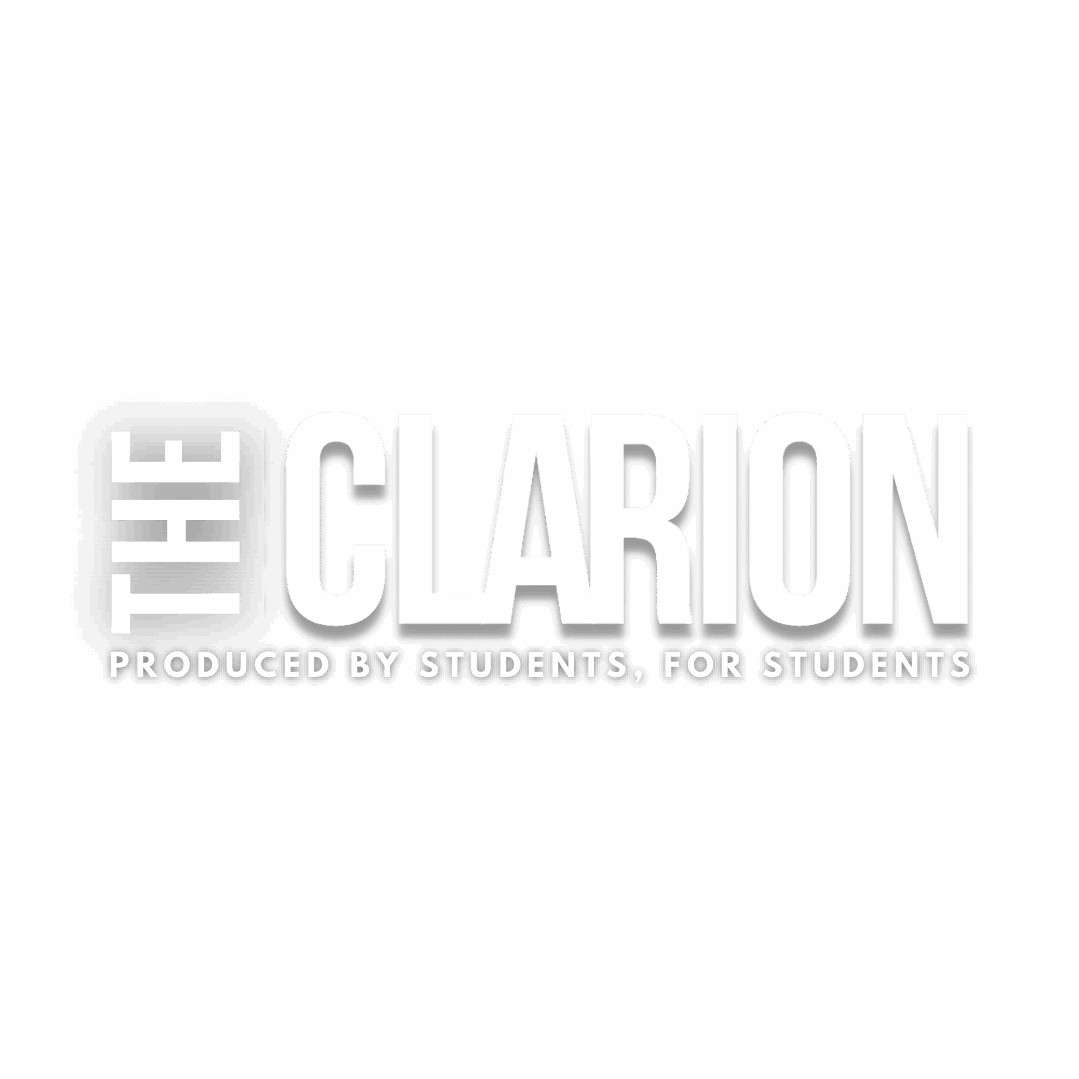Oh October, the month where fall settles in and the weather gets colder, scarey movies are aplenty, pumpkin spice everything runs rampant and everything you see is turned pink in the name of breast cancer awareness.
Raising awareness of breast cancer is a noble cause that gained traction in the 80’s and 90’s when it wasn’t a well known disease. The awareness movement started with the creation of Susan G. Komen, whose goals are to end the disease and raise awareness for it.
“At that time, there was a stigma and shame around breast cancer,” Nancy Goodman Brinker, sister of Komen said in an article by Business Wire.
“You didn’t talk about it. There were no 800-numbers, no Internet. Our government didn’t spend much on breast cancer research. There were few major cancer centers with expertise about breast cancer. That’s the world we faced when Suzy was diagnosed. It’s a world I watched her suffer in, and it’s a world she wanted us to change.”
Thanks to Komen, we all know that breast cancer exists, and affects a large number of men and women. Yet awareness is only a small part of the battle and honestly, unless you live under a rock you know what breast cancer is and how it affects someone.
The rest of it is fought in labs where research is done, or in doctor’s offices and women’s health centers like Planned Parenthood where they facilitate early detection and conduct screening procedures such as mammograms.
Not to mention hospitals where many of those affected are fighting for their lives by getting operations and treatment for the disease. These are the places where donors money should be going to.
One of the biggest issues I have regarding breast cancer awareness is pinkwashing.
Pinkwashing is the practice of using the color pink to market products or companies that support breast cancer awareness, but those same products contain ingredients that increase the risk of breast cancer.
Another common practice that is insincere to me is companies who brand their product pink for the whole month but don’t actually make any donation to a charity.
The ropes and parts of the ring and stage in WWE are pink, KFC used to have pink buckets of chicken, there’s a huge pink ribbon in the middle of football fields and the players are wearing pink jerseys and cleats. Yet people are still dying from the disease.
That is why it is so important to donate to worthwhile charities that put the majority of their money into research and treatment.
According to their 2016 annual report, Komen Foundation spent 18 percent of their revenue on research, 37 percent on education, 15 percent on screening and 7 percent on treatment.
A better place to potentially send money to is the Breast Cancer Research Foundation. (BCRF) They are more research oriented, and have the highest possible rating on both Charity Watch and Charity Navigator, two websites that rate charities.
BCRF’s website reads: “91 cents of every dollar spent by BCRF is directed towards its mission, with 88 percent of funds going to research and 3 percent to awareness programs.”
There are even more organizations that are worthy of support including Sisters Network Inc. They provide financial aid for medical-related lodging, prosthesis, copays, and office visits and focus on black women affected by the disease, as they have the highest breast cancer mortality rates.
The Breast Cancer Fund educates people about chemicals in food, packaging, and cosmetics that may be linked to breast cancer. They have no pink on their website, as they believe it is time for action.
Living Beyond Breast Cancer is another charity that supports those that have fought the disease and overcame it, and must now live with the trauma that comes with it. They create support networks between survivors through web chats, writing workshops and live stream panels.
But don’t donate to these charities just because you read one paragraph about them in this paper. Go to their website and see how they’re financials stack up. Go to charity rating websites and see what they think.
No matter what, the best way to make the most worthwhile use of your donation dollars is to do your own research and find out which organization does the best job of providing those with breast cancer the help they need.
Henry Wolski
Executive Editor
